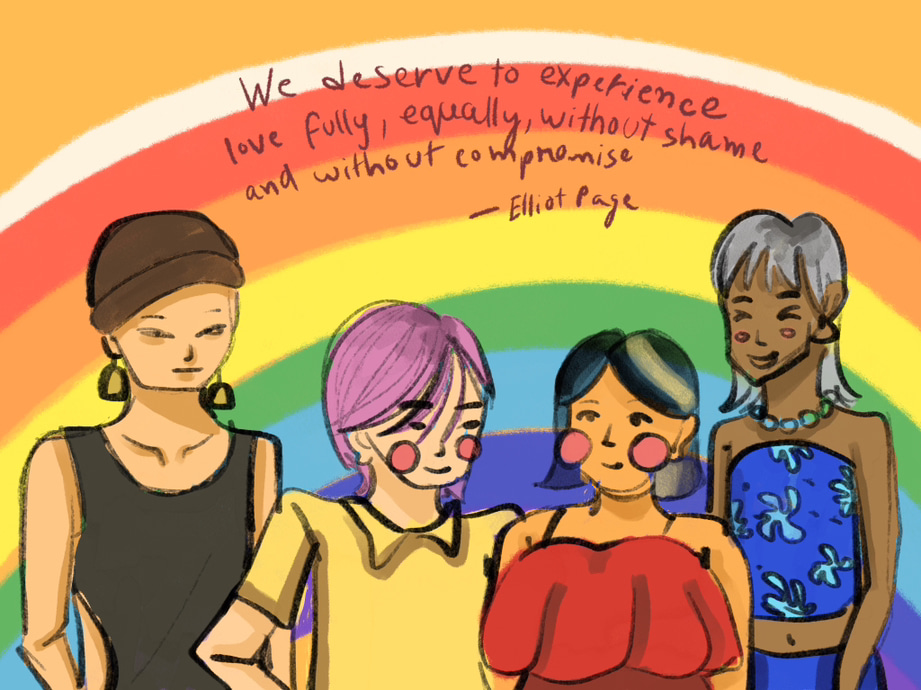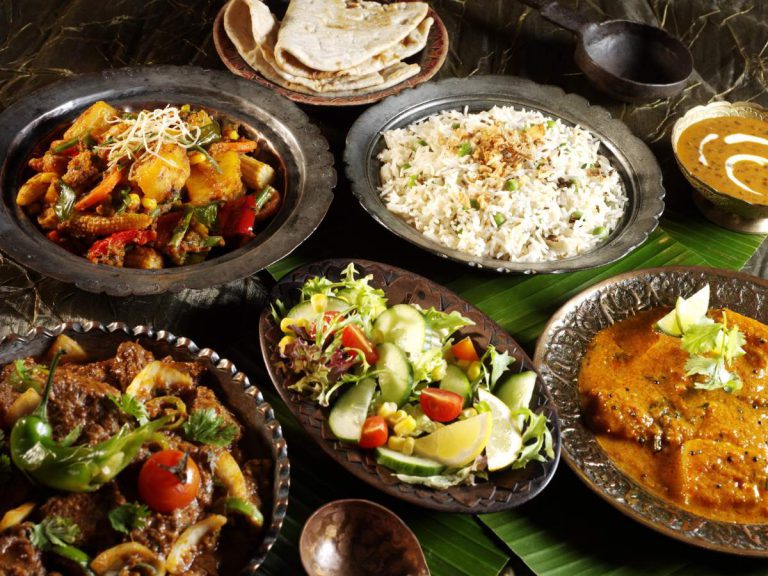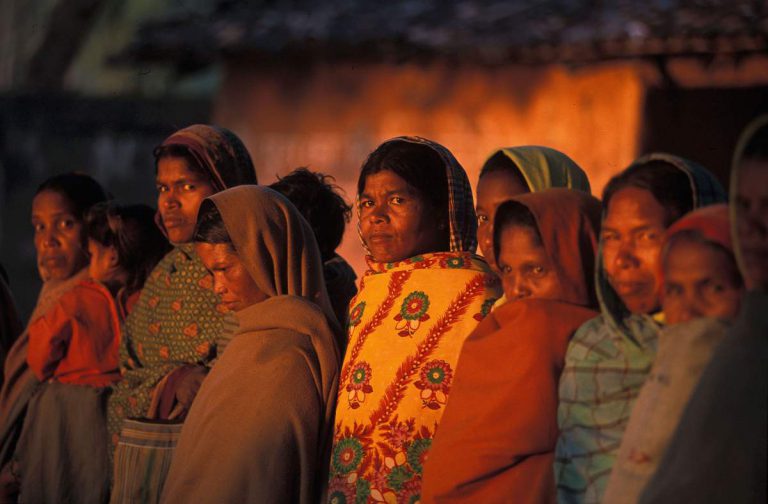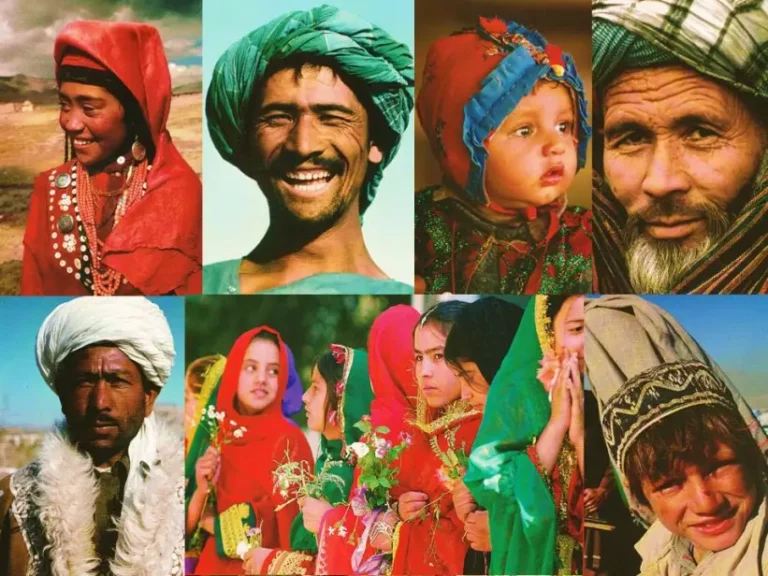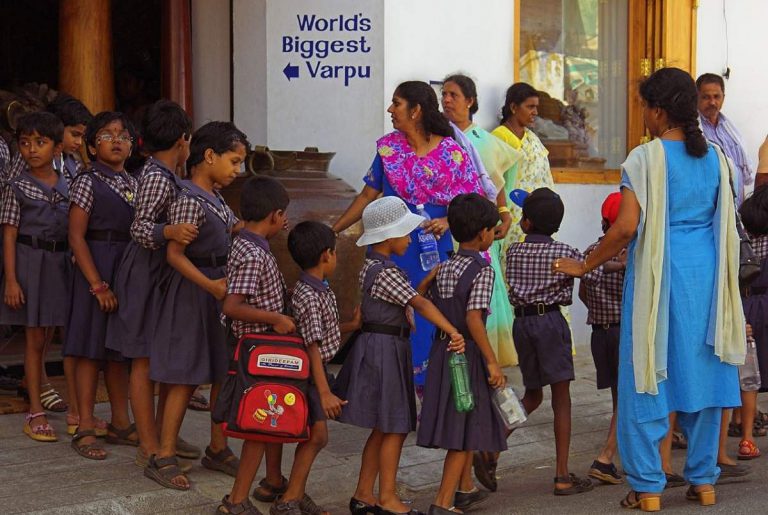Queer India’s future: Social change above legal imposition
Allen David Simon is a postgraduate student pursuing M.A. in Political Science at St. Xavier’s College (Autonomous), Kolkata (University of Calcutta). He is an editor at the A Different View blog, an associate publisher at The ArmChair Journal and a contributor to Student Research Committees under the International Association of Political Science Students. Aspiring to be a research scholar, he has deep interests in South Asian studies. He graduated B.A. Political Science Honors from St. Xavier’s College (Autonomous), Kolkata in June 2024. He is also a public speaker and is often described as a “social butterfly” by his peers. He can be reached at linkedin.com/in/allen-david-simon or allendavidsimon2003[at]gmail.com.
A voice disrupting, a will soaring, and a fight grueling
The journey of the Queer community from marginalized and unacknowledged to the belligerent but unaccepted can hardly be considered a positive progression. Queers are now recognized but not received – rejected as a subversive community of gender and sexuality non-conformists. This vehement disownment of the community hints towards a social detachment from the queer causes. This dire vice of social apathy for the Queer cause is carried over irrespective of the legal status of Queer relations; for social acceptance is little encouraged by laws handed down – proposing what were previously ‘alien’ and ‘alternate’ lifestyles in society. The prismatic Indian society of lingering parochial norms and primordial foundations makes this struggle an uphill battle to push boulders to a summit. Thus, the dejection of these marginalized groups is perpetuated, and can only be overcome through inspired mass embrace of the ‘different’. The tale of this subaltern sect is yet from ideal, and far from conclusion. An unabideable reality, but a story of a decisive role in the future of humankind and our freedoms.
Time and again, the constraints of societal order and confines of the ‘established’ ethos have been overcome by the silenced. Those who were exiled to the peripheries of the community, forced to hide their being, and take refuge by conforming to the entrenched values and structures, have fought back to earn their right to a distinct life. It is the humane right of individuals to live out a dignified life in their image. Yet, it is the ancient, inherent tendency of society to assimilate all into uniformity. This continuous conflict of balance and counterbalance between the forces of conformity and diversity is a constant dynamic of opinion and discourses amongst the selves inhabiting society. The desirable and undesirable are eternally intertwined in the contest of human conscience. Movements have successfully liberated perspectives, and overturned narratives to make them more inclusive of minority struggle and redemption. These movements live onwards in shared memory and values transmitted from generation after generation, serving as a live parable against corrected injustices that marred society.
The Queer movement has been a long and continuous effort directed towards recognition and acceptance of the non-normative community, and political activism to achieve parity of treatment and protection against discrimination. The movement has expanded the limits of acceptability in society, while LGBTQ+ identities are by no means a modern innovation but are an ancient constituent of human society. Despite their historic presence, non-heterosexuality and non-binary genders have remained a taboo subject in public dialogue that is hetronormative and gendered, evermore so in a prismatic society like that of India.
While there lies a great deal of evidence that non-normative genders and sexuality were accommodated in the Hindu culture, centuries of Abrahamic regimes left Indian society uprooted of its tolerant attitudes towards the divergent sexual and gender cohabitants. British imperialism imposed biased laws that assumed non-conformity as acts “against the order of nature” [Section 377 of IPC, 1861: Unnatural Offenses], which also remained part of the post-colonial reality. Thus, it has been the Queer struggle to overturn injustice and fight for recognition, legal protection, and equal rights, chiefly through battling for the freedom of non-heterosexual intercourse and marriage. These two claims seek to retrieve the Queer agent a sense of autonomy over their own body, entity, identity and being. Though both are unified causes against injustices meted out to Queer communities, the two claims must be understood in the context of the distinct domains they hope to change.
Sexual intercourse is a matter of concern for individuals engaged, behind closed doors – a matter of the private space. Privacy of individuals does not and should not stand trial before the state…or society. Sexual interaction between two individuals, above the age of consent, harming or hindering no other, is the sole prerogative of the individuals in the act. Neither society, and least of all the state must police, through sanction or coercion, the sacrosanct private realm. For both, the society of normative authority and the state of legal authority, are concerned with aspects of collective life.
The formal withdrawal of the Indian state from its undue and violent suppression of gender and sexual freedoms of homosexuality, vis-a-vis formal regulation and laws and minimal social intervention for their upliftment, is a welcomed correction of their ways. The final striking down of most provisions under Section 377 of IPC by the Indian Supreme Court (2018 Navtej Singh Johar v. Union of India) gave just constitutional relief to the privacy of Queer relations against the arbitrary manifestations of state overreach.
However, this win must not be wrongly propelled to represent the victory of Queer identity and liberty. It merely upholds individuality in choice and expression. It is no collective sanction and embrace of the ‘Queerness’ that society marginalizes. The acceptance of the choice of sexual interaction between individuals in privacy may redeem persecution by the state, but has not, and will not withhold prosecution of the Queer, so long as its ‘illegitimacy’ remains ingrained in society.
While ‘Queerness’ in itself is an abundantly broad, heterodox and a category of nuances, so much of being the ‘Queer’ is being distinct from, being opposed to, not fitting rightly into the prevailing hetronormative, cis-gendered practices of society. So much of being the ‘Queer’ is an experience, not simply an embodiment. Being Queer is not only a biological or psychological difference, not only a physical distinction, not only a behavioral difference. So much of being Queer is being told that you are Queer. The instinctive discomfort in accepting, acknowledging and giving the same respect to the Queer individual as the ‘normal’ others. It is society that lets you know that the Queer individual knows that they are ‘odd’, that they are not one of ‘us’. This othering is expressed through social seclusion, absence in public narrative and policy decision, a strict policy of non-interaction, and abandonment in economic opportunities. So much of being Queer is a lived experience not just a state of being.
Thus, the Queer fight lies elsewhere. The realization of the Queer agency lies in acknowledgement, and legitimization of the ‘misfit’ into mainstream life. It is so victorious when the community receives the mandate from the society-at-large. The greater goal of the legalization of non-heterosexual marriages in society is a means to truly achieve social ratification and acceptance to overcome centuries of stigma in society. It is delinking the association of ‘perverted’ and ‘profound’ from queer practices.
Whilst one can rebut the necessity of mass compassion to secure the Queer future; freedoms brought upon by legality may often not translate into reality unless the vigilance of society dawns upon it a necessary entitlement of its inhabitants. Further, human dignity cannot be secured even if freedoms are, until society embraces its own pluralism. Social change is thus the only route to ensure that the Indian society irrespective of its dispensation is able to provide collective might, empathy, and security to its Queer members as full and indispensable cohabitants of the society.
Here, this article differs with the approach of legal activism that the Queer community has at-large undertaken to seize the last vestiges of inequality as against heterosexual couples; and towards an exercise of social change rather than a lobbying effort to claim desired verdicts. Understanding that humans are not beings of isolation, but other-interdependent living in society, this is a plea for a deviant course for the Queer cause. It is not simply to secure a third option, an “Other” under “Sex” when filling a formal form, but to refute the otherizing by society and becoming a fully functional, accepted, and dignified member of society that must take precedence.
The recent Indian Supreme Court verdict over Supriyo v. Union of India in Oct 2023, the Court ruled by a majority that it simply lacked the jurisdiction to institution comparable to marriage rights: refusing to ensure a judicial sanction to other-than heterosexual marriage, adoption, inheritance and insurance rights of homesexual couples, while maintaining that the Indian Parliament may choose to legislate on the matter. Keeping aside the institutional nuance over legislative versus judicial nuances, marriage is no mere subject of the private sphere. It is a sexual union of a couple, acknowledged, accepted, and legitimized by society. The crux of social intake on matters of a blessed union is scarcely formal-legal, but rather social. Marriage is a validating apparatus and cannot be reduced to a mere contract between two individuals, or a religious exercise among two families, but is a greater act of instilling the couple and their family sanctity in society – as bonds by consent of all, sanctioned by all, held fact by all. Marriage is sacred because it is public. It is this undeniable nature of marriage as a social institution, rather than one of civil grant or personal regulation, that makes any and all statutory efforts towards changing its orientation a misplaced one. The route towards legalization of non-heterosexual marriage must not solely be legal or linear, but a more comprehensive, long, rigorous, and percolating campaign towards socializing, sensitizing and educating people on the matters of the Queer community.
Any top-down, artificial imposition of a verdict so divergent from the social reality would be neither a perfect nor a permanent solution against existing stigma and discrimination against the Queer. Without a substantive change of hearts and minds, legal sanction will do little to mitigate the social wrong. It will be ignorant to forgo the role of values, morality, public education, acceptance, and conscience as the true enforcers of justice and the potent way to realize the revolution to overcome the generational lapses in relating the Queer with the mainstream lies in a long-drawn but certain change of collective conscience, against subconscious imprints of prejudice and bias as products of society.
The present pride movement is confined to urban pockets in education and action, even if the Queer is wide and far. While the overwhelming majority of India is rural and far from an understanding alliance, the Indian Queer movement acts more like an echo chamber for the community, for a self-assured future. An overnight overhaul of eon-long dogmas by the stroke of a gavel or statutory bill will dissuade few of the so-called mainstream from discriminatory practices that are embedded. Seismic change brought about by a few allies will yield no certain, dignified Queer futurity. Laws remain hollow so long as people don’t register it as the rightful course of justice. The Queer is distinct from the ‘staple’: one that has been entrenched and held as absolute truths of sex and sexuality. Change in its nature must be both incremental, bottom-up and gradual, lest the majority in its anxiety find the traditional fabric of society changed, breeding violence – a backlash. Such matters vital to humanity must neither be decided behind closed doors by representatives nor verdict upon the gavel of a bench of judges. Only an organic movement can produce truly substantive change. Here the entire society must stand jury to the change of magnanimous proportions, that must penetrate all sections and layers of society, reaching the peripheral communities, all of modernity.
This necessarily prioritizes change in society over legal – legislative or judicial – sanction, a calling to the better human conscience, a consensus of respect within the society. To accept and yet consider this proposal for everlasting change should be the Queer choice.
With an outgroup author, a heterosexual, cis-gender male, this article does so to express the better route to a community that must in certain terms decide its own collective destiny. It is a gambit that the community must be willing to spare. Undertaking a social revolution, not only a push for legal reform. While this may not provide immediate dividends but is a surer path to a more honored and dignified future in the long-term. This proposal suggests differently, the trajectory of human civilization holds greater moral priority for the present. It is towards the perpetuation of the outcome borne by the struggle for all generations to come that we must leap.
We must not walk on the same lines long drawn. This is a call for an inclusive future, as against the unfair reality, one not stained by brackets: and towards this – not an imposition but conviction that leads. In all we do, proud may we march ahead.
References
- Ahmad, N. (2024, December 21). Supreme Court of India: No unlimited right to marriage. Fair Observer. https://www.fairobserver.com/world-news/india-news/supreme-court-of-india-no-unlimited-right-to-marriage/
- Bernstein, M., & Taylor, V. (Eds.). (2013). The marrying kind? University of Minnesota Press.
- Indian Kanoon. (n.d.). Section 377 in the Indian Penal Code. https://www.indiankanoon.org/doc/158653/
- Kumar, S., Rahul, K., & Patgiri, R. (2022). Contemporizing Gandhi: Some reflections on principles and praxis. Gandhi Marg, 44(1), 1–19. https://doi.org/10.1177/0017214318757720
- Kumar, S., Rahul, K., & Patgiri, R. (n.d.). Contemporizing Gandhi: Some reflections on principles and praxis. Mahatma Gandhi Institute of Peace and Conflict Studies. Retrieved December 15, 2024, from https://www.mkgandhi.org/articles/contemporizing-Gandhi.php
- Murphy, S. (1991). Why Gandhi is relevant in modern India: A western Gandhian’s personal discovery. Gandhi Peace Foundation; Academy of Gandhian Studies.
- Navtej Singh Johar and Ors. v. Union of India. (n.d.). Privacy Library. https://privacylibrary.ccgnlud.org/case/navtej-singh-johar-and-ors-vs-union-of-india-uoi-and-ors
- Srivastava, S. S. (2014). Disciplining the “desire”: “Straight” state and LGBT activism in India. Sociological Bulletin, 63(3), 368–385. https://doi.org/10.1177/0038022914530426
- Wong, T. (2021, June 29). 377: The British colonial law that left an anti-LGBTQ legacy in Asia. BBC News. https://www.bbc.com/news/world-asia-57655182
- Kruks, S. (2014). Women’s ‘lived experience’: Feminism and phenomenology from Simone de Beauvoir to the present. In M. Evans (Ed.), The SAGE handbook of feminist theory (pp. 75–92). SAGE Publications.


